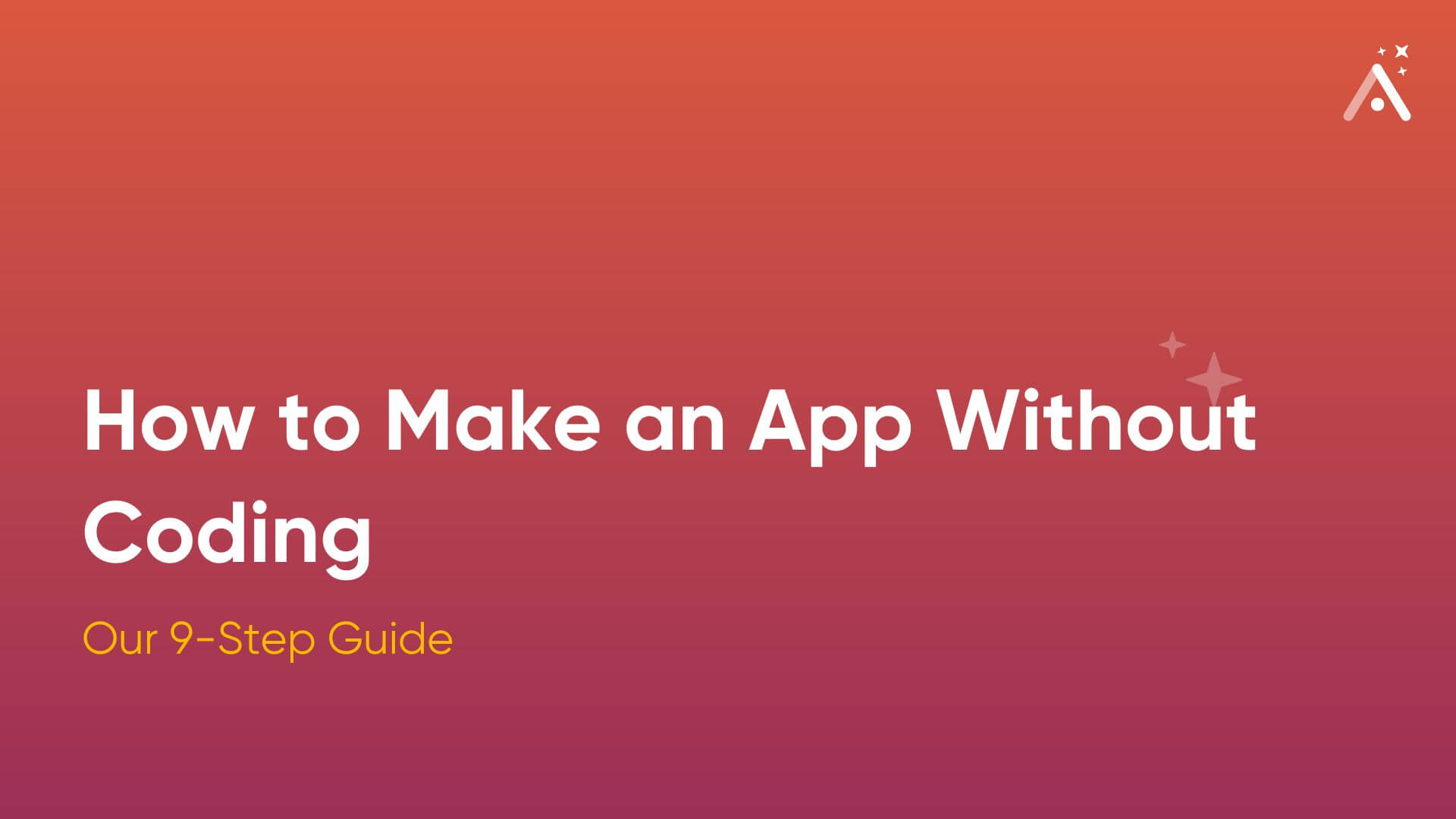We’ve been exploring the option of hiring a no-code expert to build an app lately, and there’s a lot to unpack! No-code experts have experience building products like websites, mobile apps, and more, all using no-code tools. They can be hired to build a product from scratch, improve on an existing product, solve a problem for you, or simply provide expert coaching so you can build the best version of your mobile app from the get-go!

Adalo has a no-code experts program called ‘Adalo Experts’ where you can be matched with a no-code expert that can help you build mobile applications, web apps, marketplace apps, MVPs and more!
To help you better understand the process of working with a freelance agency or a no-code expert to build an app, we’ve put together some incredible interviews that we hope will answer your questions!

This blog includes snippets from an interview with Adalo Expert, Zaylan Jacobsen, who runs an agency called Adalo.
Here’s what Zaylan has to say!
If you can draw out what you’re trying to build, then you can build it on Adalo
If you’re wondering whether Adalo is the right tool for you to build an app, here’s a good way to figure it out. Building an app is like a form of art. Art is kind of intimidating to the uninitiated. But the important thing is not to be intimidated by Adalo. Here’s why it helps to think of it as art: Simply because you start with a pencil and paper.
If you can draw out what you’re trying to build, then you can build it on Adalo!
You don’t need to have the next big idea, just start by solving some small problems in your own life. As you continue, you’ll get better and better.
Working as a freelancer on Adalo
I love being able to freelance on Adalo to help others build mobile apps, or improve their mobile apps. The biggest benefits for me have been the relationships that I’ve built through my work. I get inbound leads through Adalo, my agency page on LinkedIn, and my listings on Fiverr and Upwork. Through this, I end up working with some pretty incredible people.
The other thing I love about my work is the freedom of schedule that I have. I’m able to build my own routine, flexibility and take time off when I need to. It’s great to work flexibly and manage your time.

How I determine pricing as a no-code expert
Initially, I went the hourly route because I didn’t know how long a project would take to complete. I would work 10-20 hrs per week until the project was complete.
Now, I do project based estimates. I create an estimate based on how long I think it’ll take to complete the work, and based on how extensive the work may be.
My initial rate was $70/hour. Now that I’m doing project-based estimates, it’s hard to give a ballpark figure. I can build an app for anything between $1500 to $3000 – depending on the client.
To keep things organized, I use Notion for everything. I have a page set up for my agency. Under that I have projects running, that I separate based on my own projects vs. client projects.
I have detailed work logs where I track what I’m doing: The date I did the work, hours spent, work completed that day, etc. I have a separate page for meeting notes, and a task list set up where I can check things off.
What does building on Adalo involve?
Building a mobile app on Adalo essentially has four key pillars.
Screens, components, actions, and data.
If you can understand those four things and how they interact and relate with one another, you can build an app pretty easily. The next building tip is to explore the templates and kits. If you reverse engineer those, in a sense, by clicking every button, exploring every part of it and seeing how actions work, how they affect the databases, and what the results are, you’ll basically understand how databases are set up.
If you aren’t already well-versed with it, I’d highly recommend learning the basics of UI, UX, and design. (Adalo tip: We have some great blogs on these topics. Check them out!)
If you want your app to actually be used and liked by your audience, I’d highly recommend studying UI and UX. These are your fundamentals as a designer. There’s an incredible paper that lists out the pillars of system design. It explains that computer science is tackled at four levels:
- Mechanical: This is the hardware level. Typically you’re building products either for desktop or mobile.
- Informational: This is the code, which Adalo does for you!
- Psychological: This tackles the problem you’re trying to solve.
- Social: This deals with the community that is facing the problem.
Working on Adalo lets you focus on the last two levels – you can spend all your energy dissecting a problem that exists in the real world, and then thinking of how you can solve it.

Solving problems comes first
When developing a mobile app from scratch, people often forget that they need to solve a problem in the real world. This happens because they’ve spent so much time and effort on the informational and mechanical levels, that it becomes hard to change gears.
Using a no-code tool like Adalo to build an app allows you to not be intimidated by the technology. Instead you can consider the bigger questions: Why should I be building an app? Is a tech solution even necessary?
This way you can be a lot more in touch with reality.
Are you interested in working with an Adalo Expert? Find out more!
















